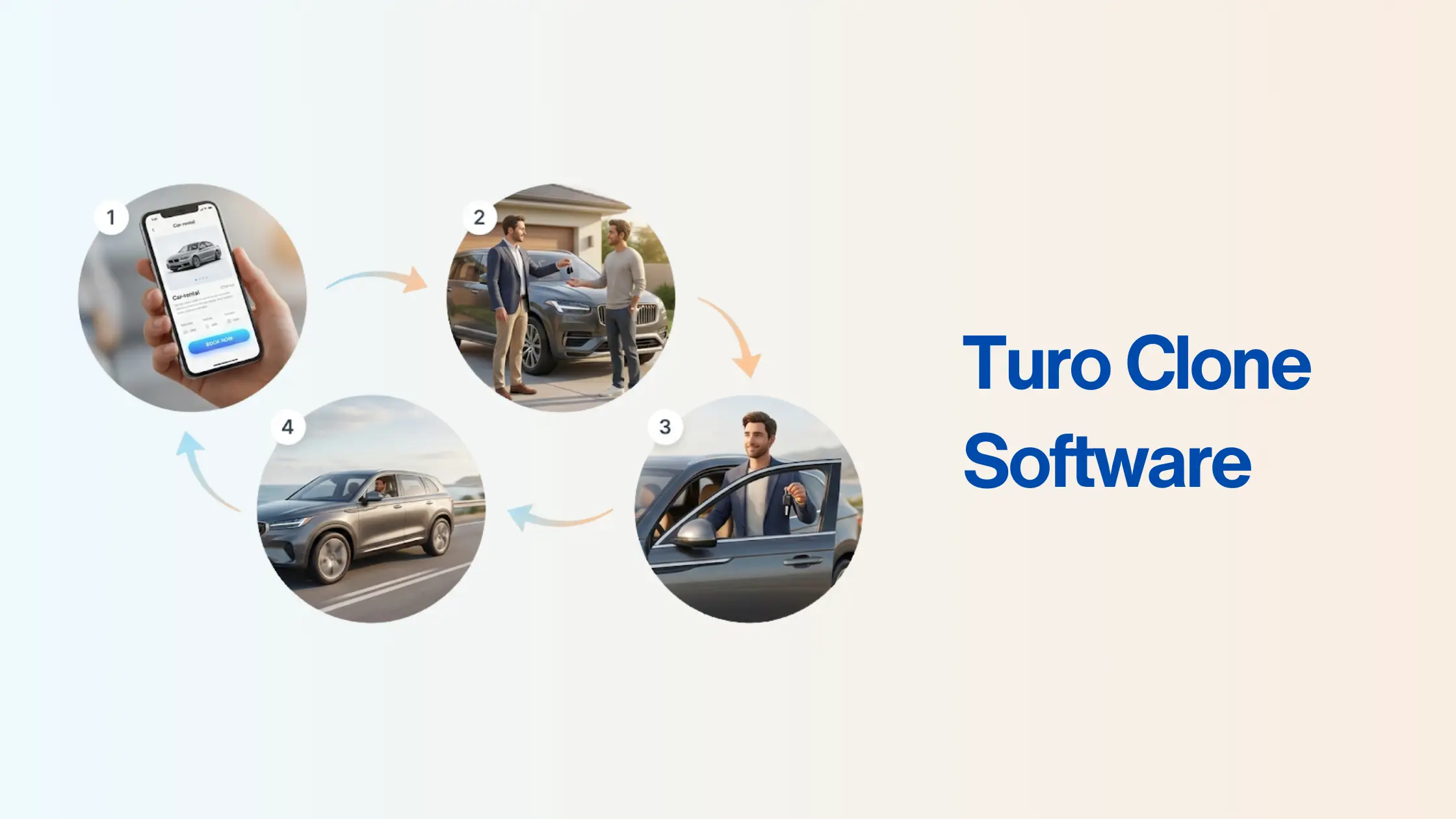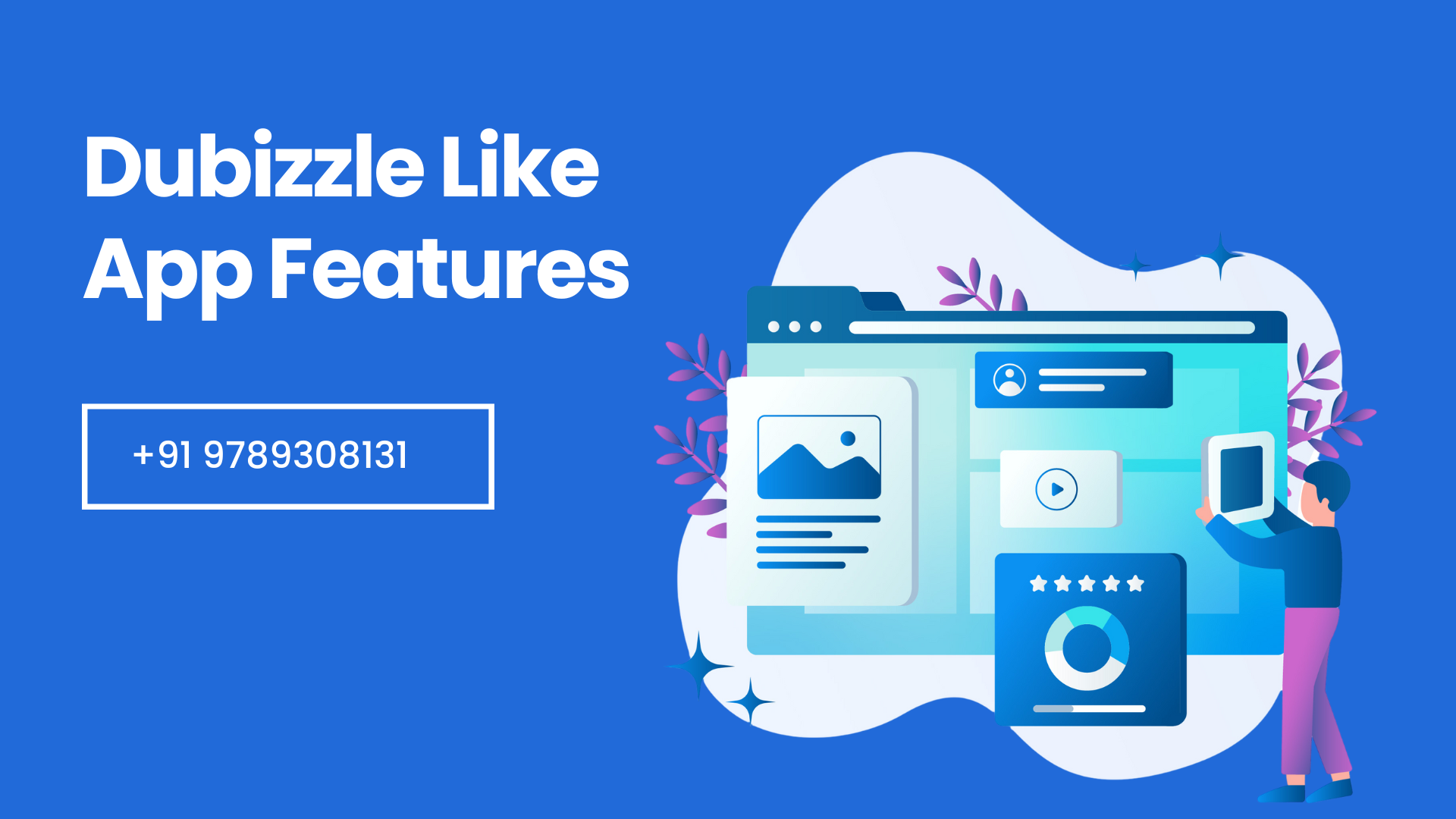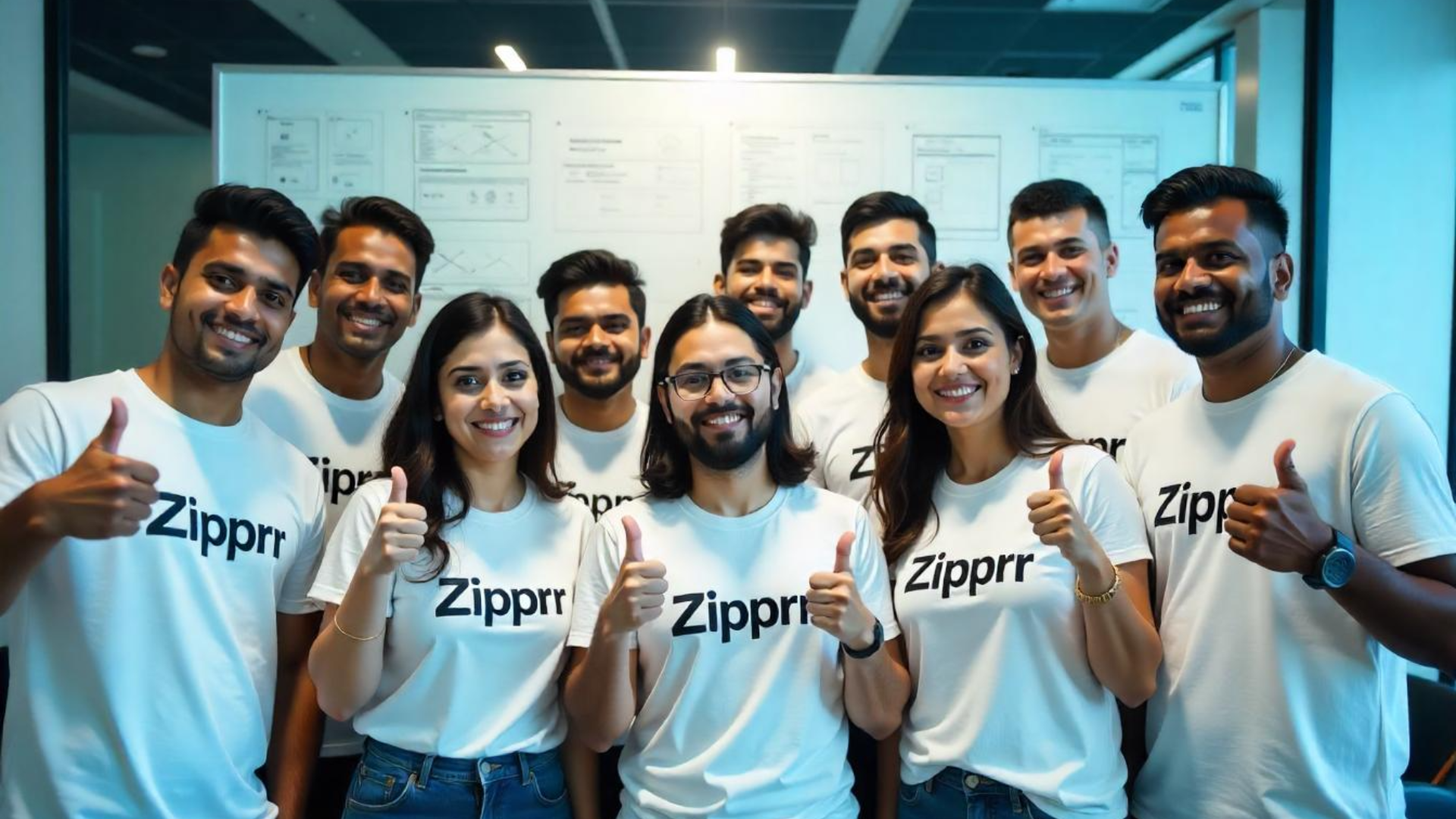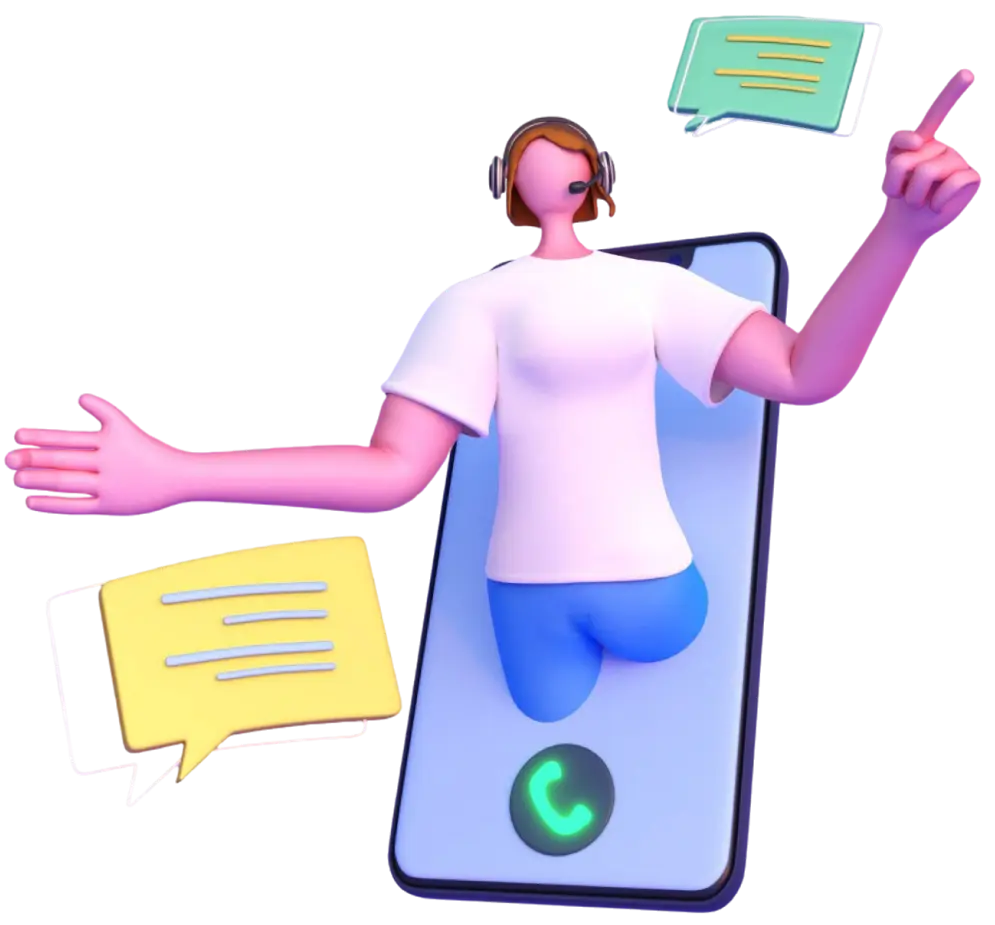The super app market is experiencing remarkable growth, projected to reach USD 426.01 billion by 2030, with a compound annual growth rate (CAGR) of 27.8%. This surge reflects the increasing demand for integrated services that simplify everyday tasks for users. As of 2024, multi-service apps have achieved over 190 million downloads, showcasing their popularity and the shift towards convenient, all-in-one solutions.
In this article, we aim to provide aspiring entrepreneurs with a comprehensive guide on building a multi-service app similar to Gojek.
What is Gojek?
Gojek is Southeast Asia’s premier multi-service, on-demand platform, revolutionizing how consumers access essential services. Founded in 2010 in Jakarta, Indonesia, Gojek began as a ride-hailing service and has since evolved into a comprehensive ecosystem. It offers a wide range of services, including food delivery, logistics, and digital payments, all within a single app. This innovative approach addresses the daily challenges faced by millions, making life more convenient.
Today, Gojek operates in several countries, including Indonesia, Vietnam, and Singapore, covering over 180 cities across the region. With its user-friendly interface and diverse service offerings, Gojek has garnered immense popularity, boasting a customer base that has contributed to its status as a unicorn startup. The platform exemplifies the growing trend of multi-service applications, catering to the increasing demand for seamless and integrated solutions in today’s fast-paced world.
Business Model of Gojek
Gojek operates a successful multi-service platform that has transformed the on-demand service landscape in Southeast Asia. Its business model is built around connecting consumers with various service providers through a single app, allowing for seamless transactions across multiple sectors.
Partners
- Collaborates with a diverse range of partners, including:
- Merchants: Over 500,000 merchants for services like GoFood.
- Drivers: Provides flexible earning opportunities for millions of drivers.
- Payment Providers: Integrates with various payment solutions to facilitate transactions.
Activities
- Core activities include:
- Platform Development: Continuous investment in technology to enhance app functionality and user experience.
- Customer Service: Prioritizes quick resolution of issues to maintain high user satisfaction.
- Marketing Strategies: Focuses on promoting various services to attract new users and retain existing ones.
Value Proposition
Value Proposition
- Offers the convenience of accessing multiple services within a single app, including:
- Ride-Hailing: Easy booking of transportation.
- Food Delivery: Quick access to a wide range of food options.
- Digital Payments: Seamless transactions through integrated payment systems.
Customer Relationships
Gojek fosters strong customer relationships through:
- Loyalty Programs: Incentives for frequent users to enhance retention.
- Customer Support: Robust support channels to address user concerns promptly.
Customer Segments
The platform targets three primary customer segments:
- Consumers: Individuals looking for convenient on-demand services.
- Merchants: Businesses seeking to expand their reach and increase sales.
- Drivers: Individuals looking for flexible earning opportunities.
Cost Structure
Gojek’s operational costs are primarily driven by:
- Technology Investments: Continuous development and maintenance of the app.
- Marketing Expenses: Promoting services to attract new users.
- Operational Costs: Supporting drivers and merchants through training and resources.
Channels
Gojek utilizes various channels to engage its audience, including:
- Mobile App: The primary interface for users to access services.
- Website: For additional information and service details.
- Social Media Platforms: Engaging users through promotions and updates.
How Does Gojek Work?
Gojek operates as a comprehensive multi-service platform, streamlining various on-demand services for consumers, merchants, and drivers. Here’s how it functions for each user group:
For Consumers
The Gojek app provides an intuitive user interface that allows consumers to book rides, order food, and access other services with ease. Users can:
- Select Services: Choose from a wide range of options, including ride-hailing (GoRide and GoCar), food delivery (GoFood), and logistics (GoSend).
- Real-Time Tracking: Customers can track their service providers in real-time, enhancing transparency and allowing for better planning.
- Payment Options: Payments can be made through the integrated digital wallet, GoPay, or other payment methods, simplifying transactions.
With over 30 million monthly bookings, Gojek has established itself as a go-to solution for daily needs.
For Merchants
Gojek provides merchants with tools to manage orders and enhance visibility:
- Order Management: Merchants can easily track orders and manage inventory through the app.
- Increased Visibility: By being part of the Gojek ecosystem, merchants gain access to a broader customer base, driving sales and growth.
For Drivers
Drivers benefit from a streamlined process to accept service requests and manage their earnings:
- Registration and Approval: Drivers must register and undergo verification before they can start accepting rides or deliveries.
- Service Requests: Once approved, drivers receive ride or delivery requests from nearby customers via the app.
- Earnings Management: Drivers can track their earnings in real-time and receive payments directly through the app, often supplemented by tips from satisfied customers.
Revenue Model of Gojek
Gojek’s revenue model is multifaceted, allowing the platform to generate income from various sources while providing value to consumers, merchants, and drivers. Here are the key components:
Commission from Merchants
- Gojek charges merchants a commission of 10-20% per transaction. This fee is deducted automatically from the merchant’s earnings when an order is completed through the app. By partnering with Gojek, merchants gain access to a vast customer base, enhancing their visibility and sales potential.
Delivery Fees Charged to Consumers
- Consumers pay delivery fees for services rendered, which can vary based on distance and service type. This fee structure ensures that Gojek can cover operational costs while providing customers with the convenience of on-demand services.
Commissions from Drivers
- Drivers are charged a commission of around 20% for each service request they fulfill. This commission incentivizes drivers to complete more rides or deliveries, as their earnings are directly tied to their performance and the number of services they provide.
Subscription Services for Premium Offerings
- Gojek offers subscription models, such as GoFood Plus, allowing users to enjoy benefits like waived delivery fees on food orders. This model not only generates recurring revenue but also fosters customer loyalty by providing added value.
A Step-by-Step Guide to Develop a Super App
Creating a super app—a platform that integrates multiple services into one seamless experience—requires careful planning and execution. Here’s a detailed step-by-step guide to help you navigate the development process effectively.
1. Market Research
Before diving into development, conduct thorough market research to understand your target audience and their needs. Analyze competitors to identify gaps in the market and potential opportunities.
For instance, according to Statista, the global mobile app market is expected to reach USD 407.31 billion by 2026, highlighting the growing demand for innovative applications. Use surveys, focus groups, and data analytics to gather insights into user preferences and behaviors.
2. Define Core Services
Identify which services your super app will offer. Common services include:
- Ride-hailing (e.g., Gojek, Uber)
- Food delivery (e.g., DoorDash, Grubhub)
- E-commerce (e.g., shopping platforms)
- Digital payments (e.g., mobile wallets)
Choose services that complement each other to enhance user engagement. For example, integrating food delivery with ride-hailing can provide users with a comprehensive solution for their daily needs.
3. Design User Experience
A user-friendly interface is crucial for retention and engagement. Focus on:
- Intuitive Navigation: Ensure users can easily find and access services.
- Visual Appeal: Use attractive design elements that align with your brand.
- Responsive Design: Optimize for various devices and screen sizes.
According to a survey by Adobe, 38% of users will stop engaging with a website if the content or layout is unattractive, emphasizing the importance of good design.
4. Develop the App
Choosing the right technology stack is vital for building a robust super app. Consider:
- Native Apps: Best for performance but require separate development for iOS and Android.
- Cross-Platform Apps: Use frameworks like React Native or Flutter for a unified codebase.
- Web Apps: Mobile-optimized websites that function similarly to native apps.
Start by developing a Minimum Viable Product (MVP) to test core functionalities before full-scale development.
5. Testing
Conduct rigorous testing to ensure functionality, security, and usability:
- Functional Testing: Verify that all features work as intended.
- Performance Testing: Assess app responsiveness under various loads.
- Security Testing: Identify vulnerabilities to protect user data.
A report by IBM found that companies can save up to 30% in development costs by identifying bugs early in the development phase.
6. Launch and Marketing
Once testing is complete, plan your launch strategy carefully:
- Soft Launch: Release the app in select markets to gather feedback.
- Full Launch: Implement a comprehensive marketing strategy using social media, influencer partnerships, and online advertising.
Monitor user engagement through analytics tools to understand how users interact with your app and identify areas for improvement. According to App Annie, apps that utilize effective marketing strategies can see up to a 50% increase in downloads post-launch.
10 Key Features for a Multi-Service App Like Gojek
To create a successful multi-service app like Gojek, incorporating essential features is crucial. These features not only enhance user experience but also streamline operations for service providers. Here’s a detailed look at ten key features and their benefits.
1. User-Friendly Interface
A user-friendly interface is the cornerstone of any successful app. It ensures that users can navigate the app effortlessly, making it easy to access various services. A clean and intuitive design minimizes confusion and enhances user satisfaction, leading to higher retention rates. According to a study by Forrester, a well-designed user interface can increase conversion rates by up to 200%.
2. Service Categories
Organizing services into distinct categories allows users to quickly find what they need. For example, Gojek offers categories like ride-hailing, food delivery, and logistics. This segmentation not only improves navigation but also helps users discover new services they may not have considered, thereby increasing engagement and usage frequency.
3. Real-Time Tracking
Real-time tracking provides users with updates on the status of their service requests, such as the location of their ride or delivery. This feature builds trust and transparency, allowing users to plan accordingly. Research shows that 70% of consumers prefer apps that offer real-time tracking capabilities, enhancing overall satisfaction.
4. Integrated Payment System (e.g., GoPay)
An integrated payment system simplifies transactions by allowing users to pay directly through the app using various methods, including credit cards and digital wallets like GoPay. This convenience encourages users to complete transactions within the app rather than seeking external payment solutions, thus increasing conversion rates.
5. User Profiles and Preferences
Allowing users to create personalized profiles helps tailor the app experience to individual preferences. Users can save favorite services, payment methods, and delivery addresses, making future transactions faster and more convenient. Personalized experiences can lead to higher customer loyalty and retention.
6. Rating and Review System
A rating and review system enables users to provide feedback on their experiences with service providers. This feature not only helps maintain quality control but also builds community trust among users. Positive reviews can significantly influence potential customers’ decisions; studies show that 84% of people trust online reviews as much as personal recommendations.
7. Push Notifications
Push notifications keep users informed about promotions, service updates, or reminders for upcoming bookings. This feature enhances user engagement by encouraging them to return to the app regularly. According to Localytics, apps that use push notifications see an increase in user engagement by 88%.
8. Customer Support
Robust customer support is vital for resolving issues promptly and maintaining user satisfaction. Offering multiple support channels—such as chat, email, or phone—ensures that users can get help when needed. Excellent customer support can significantly enhance user loyalty and retention.
9. In-App Chat Functionality
In-app chat functionality allows real-time communication between users and service providers or customer support representatives. This feature facilitates quick resolution of queries or issues during service delivery, improving the overall user experience and reducing frustration.
10. Analytics Dashboard for Users
An analytics dashboard provides users with insights into their usage patterns, spending habits, and service preferences. This data can help users make informed decisions about future bookings while allowing the app to tailor recommendations based on individual behavior. Offering such insights can enhance user engagement and satisfaction.
Tech Stacks For Gojek Like App Development
Web Stack
The web stack is crucial for creating the backend and frontend of the application. Recommended technologies include:
- Node.js: A JavaScript runtime that allows developers to build scalable network applications. It is known for its efficiency and ability to handle multiple connections simultaneously.
- React: A popular JavaScript library for building user interfaces, particularly for single-page applications. React enhances performance through its virtual DOM feature, providing a smooth user experience.
- HTML5 & CSS3: These foundational technologies are essential for structuring and styling web pages, ensuring they are responsive and visually appealing.
Mobile Stack
For mobile app development, choosing the right frameworks is vital:
- iOS (Swift): Swift is Apple’s programming language for iOS development. It offers powerful features and performance optimizations, making it ideal for building high-quality iOS applications.
- Android (Kotlin): Kotlin is the preferred language for Android app development due to its modern syntax and full interoperability with Java. It simplifies coding and enhances productivity.
Frameworks and Libraries
Utilizing various frameworks and libraries can significantly enhance the functionality of your app:
- Firebase: A comprehensive backend-as-a-service platform that provides real-time databases, authentication, cloud storage, and analytics. Firebase enables developers to build robust applications quickly without managing servers.
- Redux: A state management library often used with React to manage application state efficiently, ensuring that the UI reflects the current state of the application accurately.
Additional Technologies
Incorporating other technologies can further enhance your app’s capabilities:
- Google Cloud Services: For hosting, data storage, and machine learning capabilities.
- Payment Gateways: Integrating multiple payment options (e.g., Stripe, PayPal) allows users to transact securely within the app.
- Analytics Tools: Tools like Google Analytics provide insights into user behavior and engagement, enabling data-driven decisions to improve app performance.
How Much Does It Cost to Develop an App like Gojek?
Developing an app like Gojek involves a significant investment, with estimated costs ranging from $50,000 to $500,000 or more. This wide range is influenced by several factors that contribute to the overall development expenses.
1. Platform Choice (iOS/Android/Web)
The choice of platform significantly impacts development costs. Developing for iOS tends to be less expensive than for Android, primarily due to the complexity of Android’s ecosystem. A cross-platform app can increase costs further due to the need for specialized frameworks.
2. Development Time and Location
Development time varies based on the complexity of the app and the features included. A basic app might take 3-6 months, while a fully customized solution could take over 9 months. Additionally, the location of your development team plays a crucial role in cost; for instance, developers in the USA charge between $60-$150 per hour, while those in India may charge only $25-$50 per hour.
3. Complexity of Features
The more features you include, the higher the cost. A simple app with basic functionalities will be less expensive than one with advanced features like real-time tracking, integrated payment systems, and multiple service categories. Each feature requires additional development time and resources.
4. UI/UX Design Considerations
Investing in a high-quality user interface (UI) and user experience (UX) design is essential for user retention. Complex designs require more time and expertise, which can increase costs significantly.
5. Costs Associated with Driver App, Merchant App, and Admin Panel
Developing separate applications for drivers, merchants, and an admin panel adds to the overall cost. Each component must be tailored to meet specific needs and functionalities, further increasing development complexity.
Why Choose Zipprr for Your Multi-Service App?
When considering the development of a multi-service Gojek clone app, choosing the right partner is crucial. Zipprr stands out as a leading provider of ready-made clone solutions, offering a comprehensive suite of services tailored to meet the diverse needs of businesses.
Expertise in Multi-Service Platforms
With over 10 years of experience in building super apps, Zipprr has honed its expertise in creating robust multi-service platforms. This extensive background allows them to understand the nuances of various industries and user expectations, ensuring that your app is built on proven strategies and best practices.
Customized Solutions Tailored to Business Needs
Zipprr offers 65+ product solutions, allowing for a high degree of customization. This means businesses can select features that align specifically with their operational goals and target market. Whether you need ride-hailing, food delivery, or logistics services, Zipprr can tailor the app to suit your unique requirements.
100% Source Code Ownership for Both Web and Mobile Apps
One of the standout offerings from Zipprr is the provision of 100% source code ownership. This ensures that businesses have complete control over their applications, allowing for future modifications and scalability without dependency on third-party vendors.
Free Technical Support Post-Launch
Zipprr provides 90 days of free technical support after launch, ensuring that any issues are promptly addressed. This support helps businesses navigate the initial challenges of operating a new app, providing peace of mind as they establish their presence in the market.
Additional Benefits
- Multi-Domain License: This allows businesses to operate across various sectors without needing separate licenses.
- Unlimited Updates: Users can benefit from continuous improvements and new features without incurring additional costs.
- Free App Submission: Zipprr handles app submissions to both the Play Store and App Store, streamlining the launch process.
See how our satisfied clients share their success stories with Zipprr!
Frequently Asked Questions
1. What types of businesses can be added to a Gojek-like app?
A Gojek-like app can integrate diverse businesses, including food delivery, logistics, home services, ride-hailing, grocery shopping, and beauty services, among others.
2. What are other multi-service apps available?
Alternatives to Gojek include Grab and Uber, which also provide a range of services such as transportation, food delivery, and logistics through their platforms.
3. How can I ensure the safety of using multi-service apps?
To ensure safety, use secure connections, keep apps updated, create strong passwords, verify service providers, and be cautious with personal information sharing.







